Have you ever wondered why certain perfumes smell the same ? Today, we roll up our sleeves and tackle a delicate subject: copying in perfumery . Because behind the scenes, things are much less clear than on the shelves... Keep your eyes peeled and follow the guide to become an expert on the subject! In the program :
- Learn to tell the difference between a countertype (also called generic perfume or equivalence) and a counterfeit in perfumery
- Become an expert at differentiating an original perfume from a fake
- And discover the whole point of buying an original perfume!
The false friend: the countertype or generic
What is a countertype ? In summary, it's almost like a pharmacy generic. We emphasize the “almost” because generic perfumes are not completely subject to the same regulations as generic medicines. More simply :
- Generic drugs are subject to very strict rules: same active ingredient, same dosage and same method of administration. A generic must be exactly identical to the original drug that serves as its model. It is only the presentation and the excipients that may differ!
- The countertype or generic in perfumery is the equivalent of an already existing fragrance , often that of a major luxury brand. Its smell is quite close to the original, but its bottle and packaging are different. Furthermore, its composition differs subtly from the original perfume: the law requires that the molecular structure of a countertype varies by at least 2% from that of the original fragrance (yes, it is regulated!). If the idea is indeed to create an almost perfect copy, the two perfumes are in reality fraternal twins.
Today, countertypes are very common in perfumery. Because contrary to popular belief, it's not that complicated to copy a perfume ...
How to copy a perfume?
There are two key techniques that allow you to copy a perfume :
Option 1 : the old-fashioned way. Some people who are called gifted smellers or “perfect noses” (the equivalent of absolute pitch in music) have the ability to identify and recognize thousands of scents . Thanks to their super-nose, they are able to find a large part of the olfactory components constituting a perfume, and reproduce it in the laboratory.

Option 2.0 : more technological, some use a device called a chromatograph . This technology is capable of analyzing most of the composition of a perfume - up to 90% of its formula - thus allowing it to be copied. Be careful, certain ingredients escape the radar of the chromatograph - these are in particular the famous "captive ingredients", molecules often originating from the research & development programs of major perfume groups, whose formulas are jealously guarded internally.
Generally speaking, recognizing a copy is not easy: in 1999, a French court seized on the subject had to cross-reference 4 analysis methods - including consumer tests, the analysis of an "electronic nose", from a professional nose, and a chromatographic test - to confirm that a particular perfume was indeed a copy of another.
Is copying a perfume prohibited?
Unfortunately no. If copying is so common today, it is quite simply because no olfactory creation is protected by case law . Indeed, fragrances are not considered according to French law as works of the mind, in the same way, for example, as a song or a painting. Only the bottles, packaging and name of the perfume are protected! Which of course opens the debate on the place of the perfumer as an artist, or as a "simple technician", executing a formula rather than really being its author. At Bastille, we have our own idea on the matter when we see the talent, passion and years of experience required to create a beautiful perfume!
“ The scent of secrecy fades with each nose that sniffs it ” - Robert Blondin, writer

In summary: if you are lucky enough to have a "perfect" nose or a good chromatography machine, you will be able to discover and reproduce the secrets of a perfume and its olfactory composition, without the risk of being prosecuted for counterfeiting .
This is also how in 2020, a large discount retail brand managed to reproduce almost identically the Coco Mademoiselle perfumes, Chloé eau de parfum and even J'adore by Dior. Scandal guaranteed in the land of noses!
But make no mistake: this isn't just about supermarkets. The practice is common, between large luxury groups and between niche brands : a successful perfume will almost systematically be produced by competing brands . And there's even more...
The sworn enemy: counterfeiting
If you are legally buying a generic or an original, it gets complicated when you buy a fake.
So what is the difference between counterfeit and counterfeit perfume ? Very simply: a counterfeit is generally the illegal copy of a bottle, a smell and a packaging of an existing perfume. These practices are also very common in the textile and leather goods industry, for example. These fake perfumes are not subject to any legal registration (the famous "cosmetic file" obligatory for any product placed on the market), to any test before their sale, and in general blithely circumvent the IFRA regulations which regulate the composition perfumes.
And if you thought you had to go to China to buy counterfeit perfumes, nope: some are indeed from us, as evidenced by the seizure by customs of 245,000 counterfeit perfumes in Seine-Saint-Denis in 2019. Products were manufactured on site before being resold, particularly on the Internet.
But then, between the countless number of perfumes that exist on the market, the originals, the generics and the counterfeits... How can you sniff out the real from the fake?

Here are our 4 tips that will help you see things more clearly:
- You will sniff its smell . Even if at first glance, the smell seems identical thanks to a well imitated start, wait 30 minutes. The smell may evolve very differently from the original, because the heart and base notes will generally be much less qualitative.
- You will be wary of its price . A ridiculous price for a great perfume: nothing shocks you? We know that perfumery is used to promotions, but all the same...
- You will observe its packaging . And there, open your eyes wide. Pay attention to the packaging, the bottle and the label . The materials used are often of poor quality and the ingredients are generally not detailed on the label. Likewise, legal notices (name and address of the brand's headquarters) are often missing.
- Its place of sale you will study. Buying perfume on the street or from a stand in a market is generally a very bad sign. At Bastille, our 80 points of sale are handpicked: no reason to come across us elsewhere!
The advantage of favoring an original perfume
“ Why buy the real thing if it smells pretty much the same as a countertype or a fake? ” The question is totally legitimate, especially when we see the soaring prices of certain fragrances which are not accessible to most people. budgets. At Bastille, we have several convictions on the subject:
- First, it never smells exactly the same
- Then, the ingredients are not of the same quality
 Knowing that the cost of a kilo of Centifolia rose absolute (a flower famous in perfumery, grown particularly around Grasse) amounts to, for example, 10,000 euros, it is difficult to offer a very inexpensive perfume with a rose qualitative. Countertypes or counterfeits are most often made from synthetic raw materials of much lower quality than their natural equivalents... If you are wondering how to differentiate natural and synthetic ingredients, follow this article and you will become an expert on the subject.
Knowing that the cost of a kilo of Centifolia rose absolute (a flower famous in perfumery, grown particularly around Grasse) amounts to, for example, 10,000 euros, it is difficult to offer a very inexpensive perfume with a rose qualitative. Countertypes or counterfeits are most often made from synthetic raw materials of much lower quality than their natural equivalents... If you are wondering how to differentiate natural and synthetic ingredients, follow this article and you will become an expert on the subject.
- Some perfumes are even toxic !
They can be manufactured anywhere, and of course placed on the market without control and without laboratory testing . Marketing a perfume is something regulated - fortunately! The ingredients are controlled so that they are not harmful to health, and numerous tests are carried out to limit the risk of allergies. If you have succumbed to copies, you may have just found the reason for the red patches on your neck :)
- Finally, the staying power is generally not the same because the concentration of a counterfeit or a countertype is generally significantly lower than the original perfumes.
- And then morally: would you like it if someone copied your work ?
 Of course not ! To create an original, high-quality perfume, many hours of work, research, trials, tests and controls are necessary before it is marketed. Copying means skipping all the steps without the slightest effort , taking advantage of work done by others. So, we can't help but say that buying a copy also means supporting this system...
Of course not ! To create an original, high-quality perfume, many hours of work, research, trials, tests and controls are necessary before it is marketed. Copying means skipping all the steps without the slightest effort , taking advantage of work done by others. So, we can't help but say that buying a copy also means supporting this system...
So, what do you think ? Have you ever tested copies – convincing or disappointing? Tell us, we’re curious 🙂
----------
Photos: Unknown







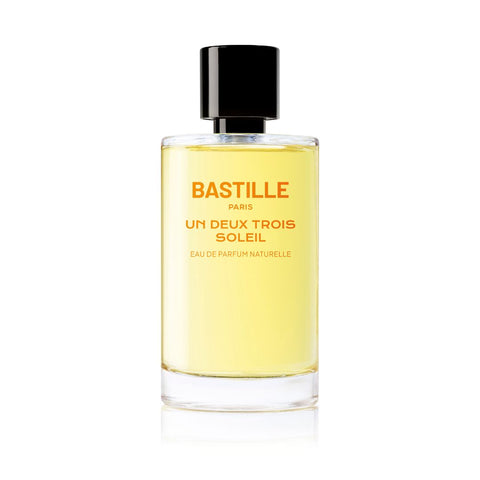
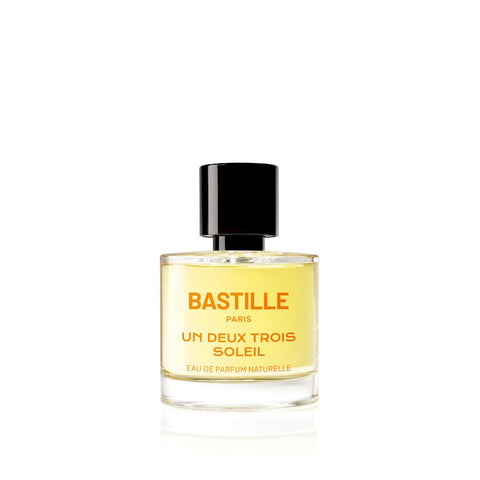

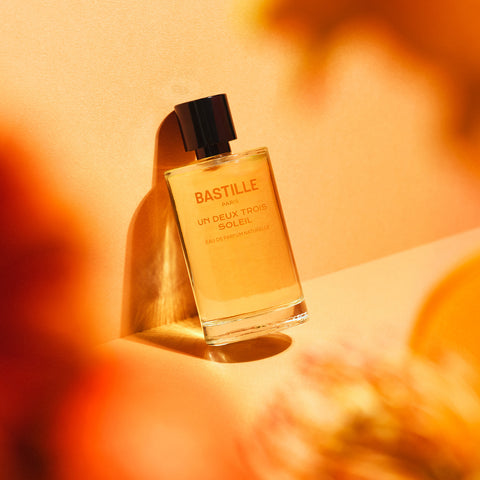
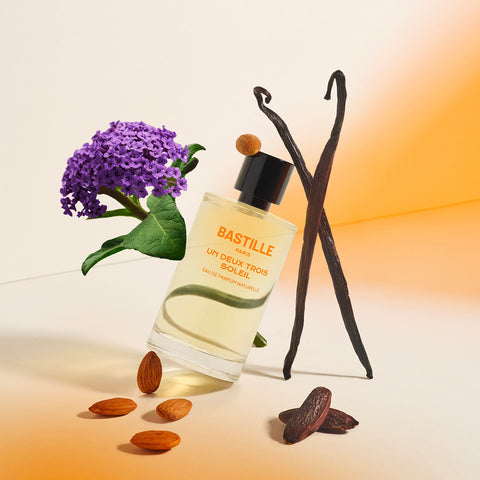
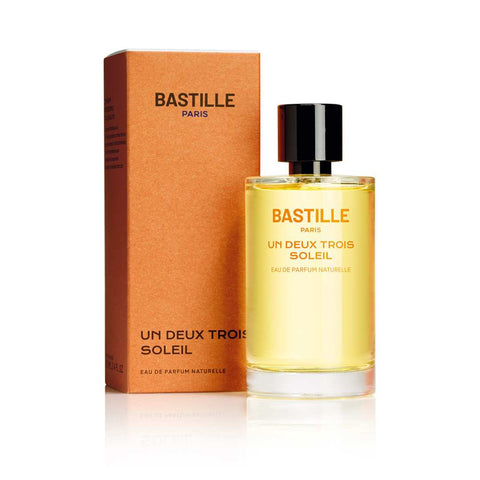
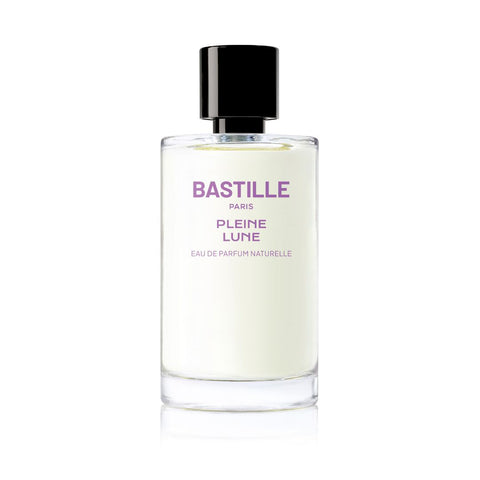
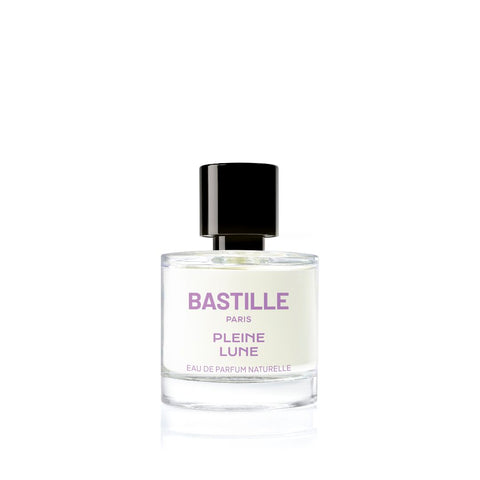
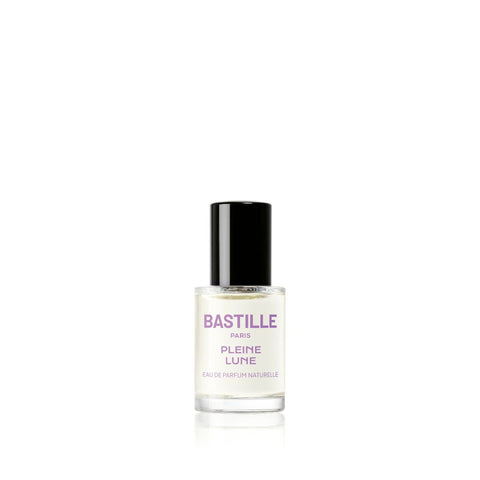
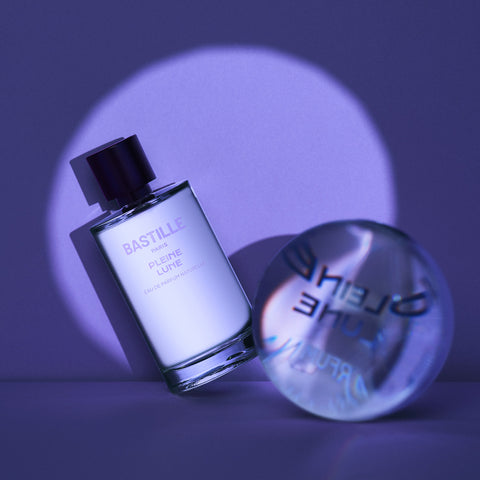
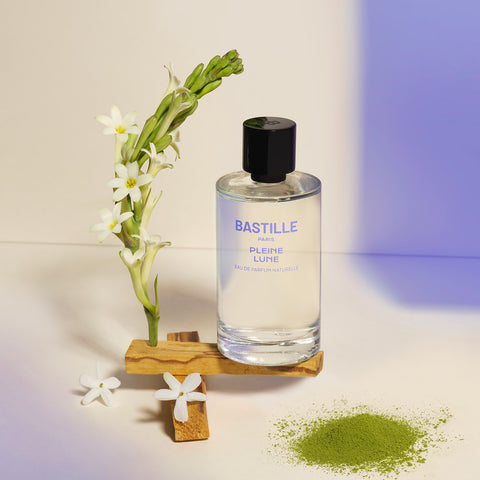
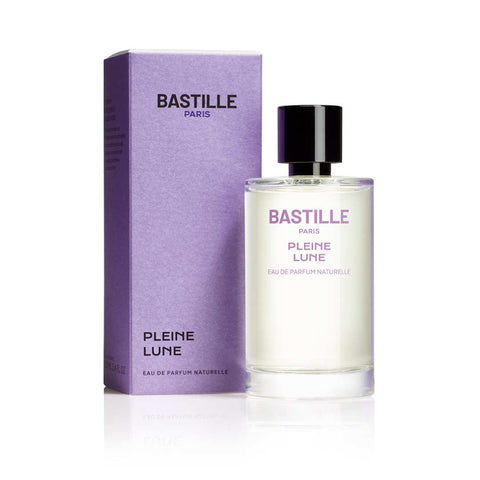
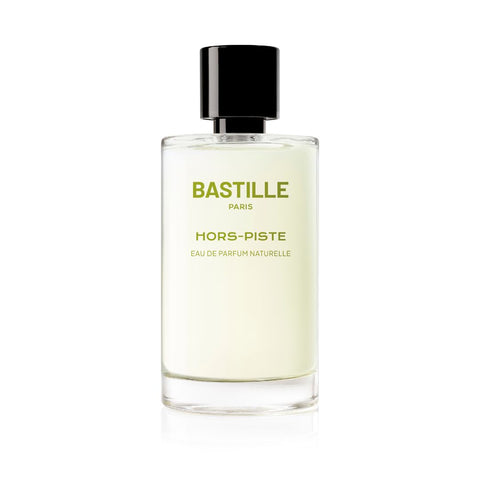
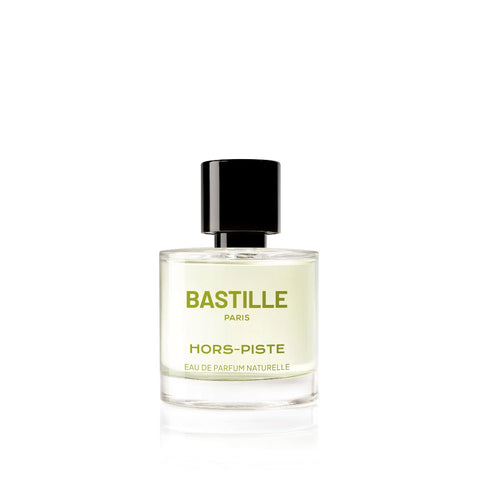

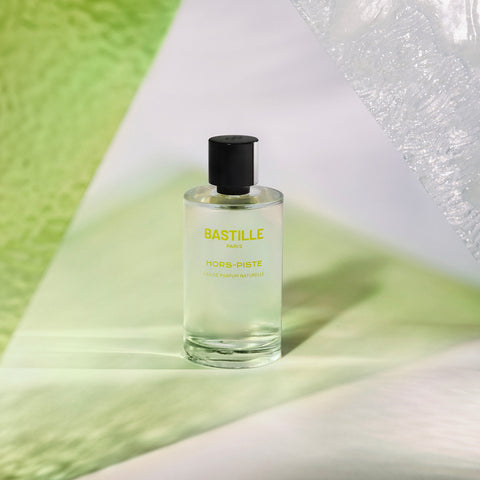

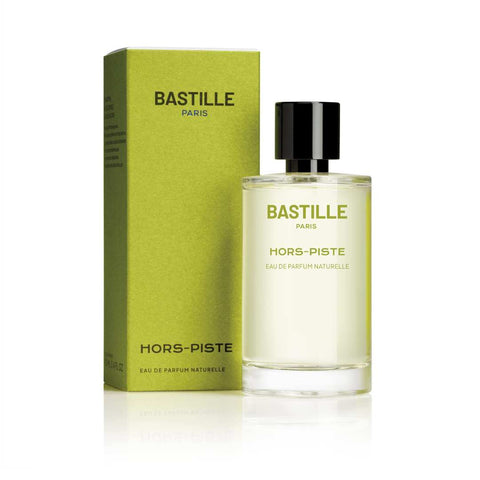

Comments (0)
There are no comments for this article. Be the first one to leave a message!